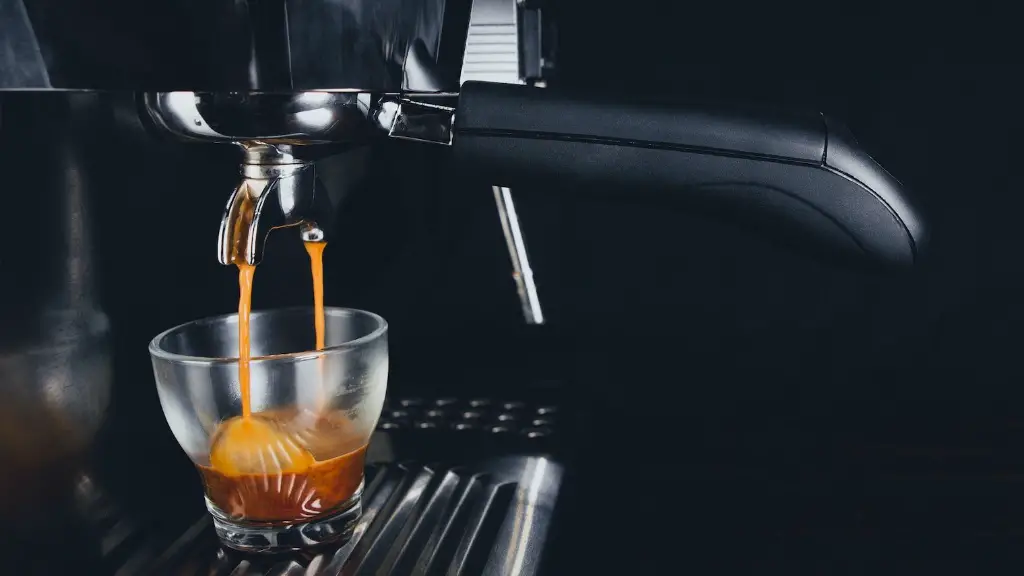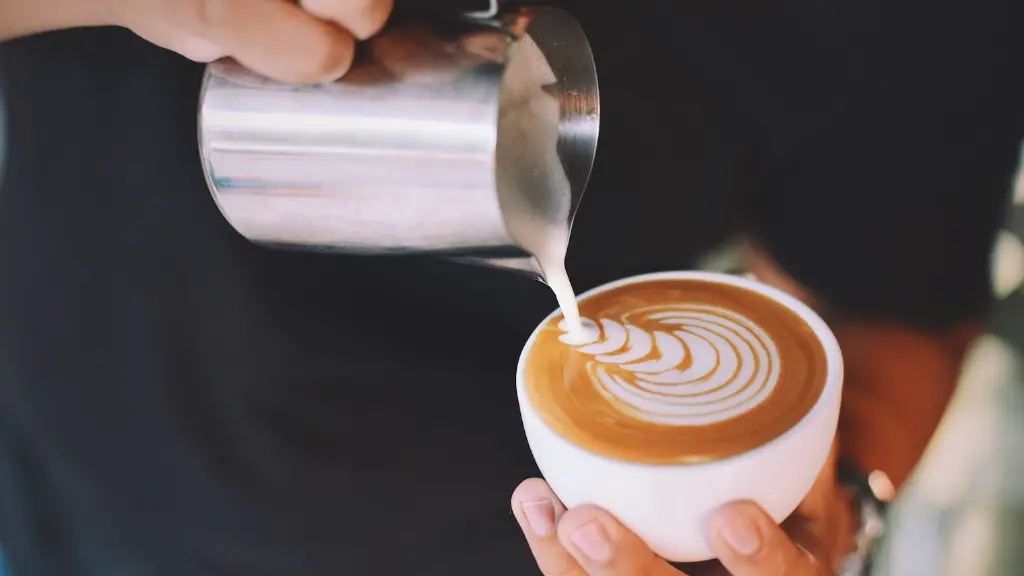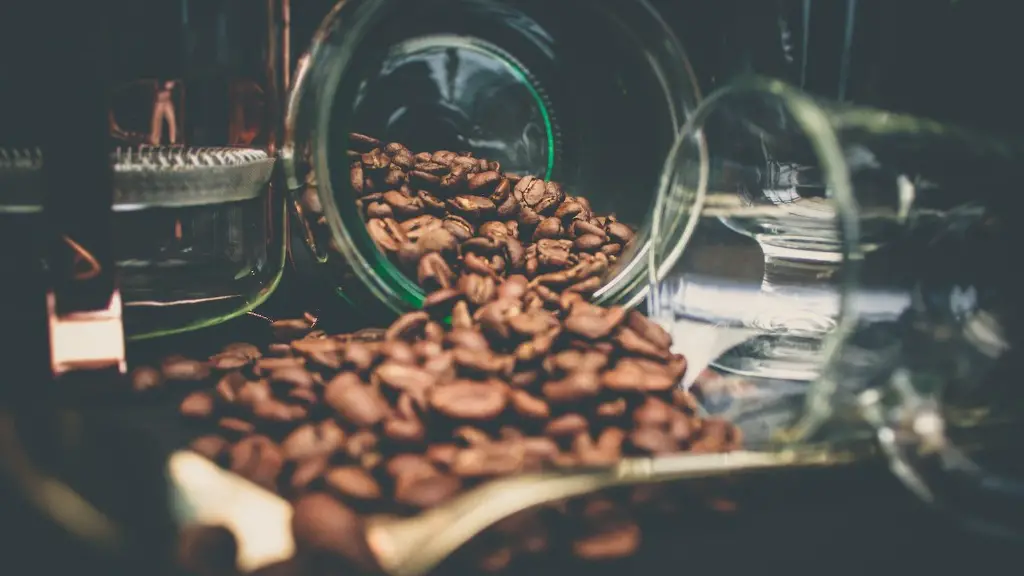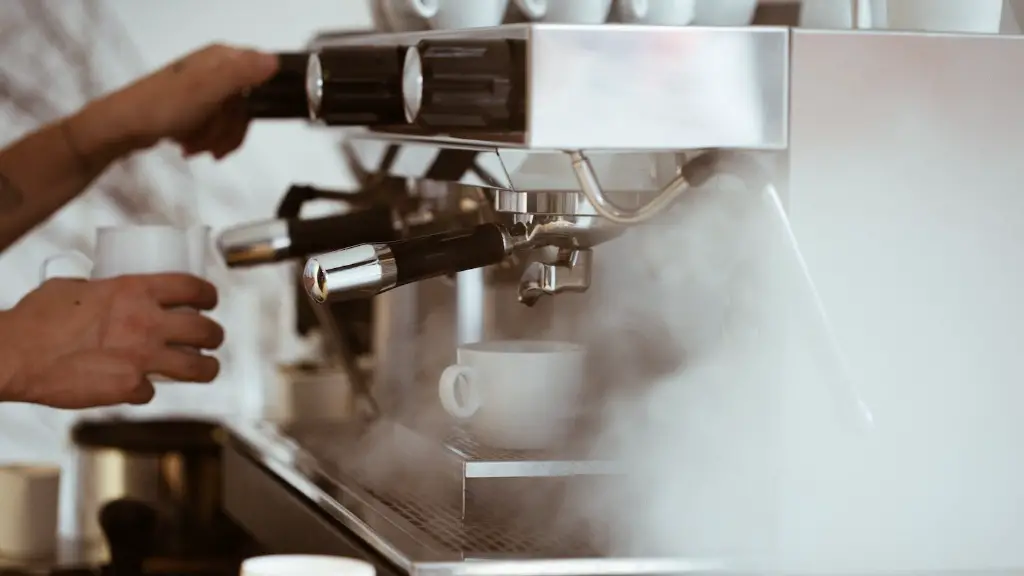Different Types of Coffee Drinks
A cup of coffee can mean different things to different people. Some enjoy their coffee with a splash of milk and a spoonful of sugar, while others prefer a bit of cream or a spot of espresso. Regardless of preparation, coffee is a favorite morning beverage for many. What kind of coffee should you choose? Read on for more information about the different types of coffee drinks available.
Espresso is a hot beverage made by forcing steam through coffee grounds. It is a concentrated coffee drink with a strong flavor that is often mixed with milk or used to form the basis of many other coffee drinks. Some popular espresso drinks include cappuccino, latte, and mocha.
A cappuccino is an espresso drink with a combination of steamed milk and foam. A latte is a mix of espresso and steamed milk, typically served with a bit of foam and a sprinkle of cinnamon or cocoa powder. A mocha is similar to a latte, but typically includes chocolate syrup and sometimes whipped cream.
Regular coffee is made by brewing hot water with finely ground coffee beans. This type of coffee is commonly served with milk and sugar and is the perfect drink for those looking for a quick pick-me-up. Iced coffee is a cold version of regular coffee and is typically served with milk and sugar. Adding a shot of espresso can turn an iced coffee into an iced latte.
Instant coffee is a convenient, pre-packaged option for those who are short on time. Instant coffee is freeze-dried and comes in packets, and often requires only a bit of hot water to prepare. This type of coffee is a great choice for travelers who need an on-the-go caffeine fix.
Ibrik coffee, also known as Turkish coffee, is a traditional method of making coffee that is made by boiling extremely finely ground coffee, with or without sugar, in a pot called an ibrik. The mixture is boiled and served in a small glass cup. Ibrik coffee is often served strong and sweet and is often accompanied by a glass of cold water.
Whether you prefer espresso, regular coffee, iced coffee, or instant coffee, there is something for everyone. All you need to do is choose your favorite type of coffee, add a splash of milk or cream and you are all set. Enjoy!
Brewing Methods
Brewing coffee is a process of extracting compounds from ground coffee beans using hot water. Different brewing methods can produce different tasting coffee drinks, which is why it is important to choose the right method for your favorite type of coffee.
Drip brewing, also known as filter brewing is the most common brewing method used in the United States and is best suited for brewing regular coffee. The hot water is passed through a filter paper containing ground coffee and the brewed coffee is collected in a carafe or pot.
Espresso is typically brewed with an espresso machine, which pumps steam through a group handle that is full of finely ground espresso beans. The machine extracts the coffee by forcing hot water through the finely ground coffee. This type of brewing method can produce a highly concentrated and flavorful cup of coffee.
French press is a manual brewing method that works best for coarsely ground coffee beans. The French press pot consists of a cylinder that is filled with ground coffee and hot water. The mixture is then agitated and filtered through a fine mesh filter. The resulting coffee is usually stronger and more flavorful than regular coffee.
Moka pot is a stovetop brewing method that works best with finely ground coffee. The bottom chamber is filled with water and the filter basket is filled with finely ground coffee. The pot is then placed on the stove top and the steam pressure forces the hot water through the filter basket and produces an espresso-style coffee.
Cold-brew coffee is a cold extraction method that steeps ground coffee for several hours (typically up to 24 hours) before being filtered and served. This method produces a smooth, strong coffee that is low in acidity. It is a popular method for making iced coffee.
Instant coffee is freeze-dried and can be prepared by simply adding a scoop of coffee to a cup of hot water. This is the quickest and most convenient brewing method and is great for those who are short on time.
Grinding Coffee
Grinding coffee beans is an essential part of the brewing process as it helps to extract the flavors and aromas from the coffee beans. Different grinding methods can produce different types of coffee so it is important to choose the right grind for the brewing method. The grind should be coarse for French press, medium for drip brewers, and extra fine for espresso makers.
Blade grinders are popular because of their convenience. Blade grinders use blades to chop the coffee beans into small pieces. This type of grinder produces an uneven grind, however, which can have an impact on the taste of the coffee.
Burr grinders are a more expensive option but they are known for their ability to produce a more uniform and consistent grind. Burr grinders use two abrasive surfaces or burrs to crush the beans.
Another type of grinder is the hand grinder. This type of grinder is often used by those who prefer the taste of freshly ground coffee beans, as it requires no electricity. Hand grinders are usually much smaller than electric grinders and require some effort to use.
Coffee bean size plays an important role in the brewing process as well. Ground coffee beans that are too large can cause an under-extracted cup of coffee, while ground coffee beans that are too small can cause an over-extracted cup. Choosing the right size for the brewing method is key to making a great cup of coffee.
Extraction
Extraction is the process of extracting flavor compounds from the grounds into water. The rate at which these flavor compounds are extracted depends on the type of coffee, the brewing method, and the grind size, among other factors.
Under extraction occurs when the flavor compounds are not extracted quickly enough and can result in a weak and sour cup of coffee. Over extraction, on the other hand, occurs when the flavor compounds are extracted too quickly and can result in a strong but bitter cup of coffee.
In addition to grinding and brewing, temperature and water quality also play a role in extraction. When brewing, it is important to make sure the water temperature is just right and the water quality is good. Poor water quality can lead to an unpleasant tasting cup of coffee.
The goal of extraction is to create a cup of coffee that is balanced and flavorful. To achieve this, all the flavors must be extracted at the same rate, which can be achieved by using the right grind size and brewing method.
Storing Coffee
Storing coffee correctly is just as important as grinding, brewing, and extraction, as improperly stored coffee can lead to an unpleasant tasting cup. Coffee should be stored at room temperature in an airtight container and away from sunlight and moisture.
Ground coffee beans should be added to an airtight container immediately after grinding and stored for no more than two weeks. Coffee beans should also be stored in an airtight container and kept away from sunlight and moisture.
Brewed coffee should be consumed immediately as it can quickly become unpleasant tasting. If you have leftover brewed coffee, it should be stored in the refrigerator in an airtight container for no more than three days. Reheated coffee will taste different so it is best to enjoy it fresh.
Coffee can be stored in the freezer for up to three months. However, freezing coffee can affect its taste and texture, so it is best to only store the coffee in the freezer if you are not planning to drink it right away.
Organic Vs. Non-Organic Coffee
Organic coffee is coffee that is grown without the use of pesticides or other chemicals. It is typically produced using natural farming techniques and certified by a third-party agency that is dedicated to developing and monitoring organic standards. Organic coffee beans usually have a stronger flavor and a richer aroma than non-organic coffee beans.
Non-organic coffee is coffee that is grown with the use of pesticides, chemical fertilizers, and other synthetic materials. Non-organic coffee is usually more widely available, more affordable, and more consistent in quality than organic coffee.
Both organic and non-organic coffee can be enjoyed. When choosing coffee, it is important to consider the flavor, aroma, and environmental impact. Certified organic coffee is a good option for those looking for a flavorful and aromatic cup of coffee that is produced in a sustainable and socially responsible way.
The History Of Coffee
Coffee has long been a beloved beverage around the world, and its history dates back centuries. According to legend, coffee was discovered by a goat herder in the 9th century who noticed that his goats became energetic after eating the coffee beans. From the 9th century, coffee began to make its way around the world and eventually became popular in Europe and the United States.
By the 18th century, coffee had become a popular drink throughout Europe and America. Coffee shops sprang up all over Europe, becoming popular places where people could meet and converse. This paved the way for specialty coffee drinks to be developed, such as espresso and cappuccino.
In the 19th century, instant coffee was invented and coffee quickly became a widely available and affordable beverage. By the 20th century, coffee was firmly established as a popular beverage in the United States and other parts of the world. Coffee has continued to evolve over the years and remains one of the most popular drinks in the world.
Health Benefits Of Coffee
Coffee is much more than just a morning pick-me-up. Studies have shown that coffee can have a range of health benefits, including improved alertness, memory, and concentration. Coffee has also been linked to a lower risk of some health conditions, including cardiovascular disease, type 2 diabetes, and certain types of cancer.
Caffeine, the active ingredient in coffee, is responsible for the health benefits of coffee. Caffeine acts as a stimulant and can improve mood, alertness, and focus. It can also improve physical performance, making it a popular choice among athletes.
Research has also found that coffee can potentially have antioxidant and anti-inflammatory effects. Coffee is also considered a source of essential nutrients such as magnesium, potassium, and vitamins B2 and B3. Despite the health benefits, it is important to keep in mind that too much caffeine can have adverse effects, so it is best to limit intake to two to four cups per day.





